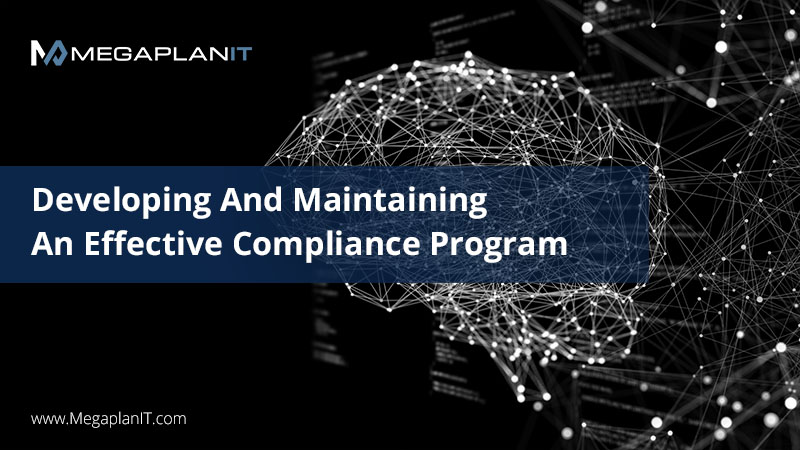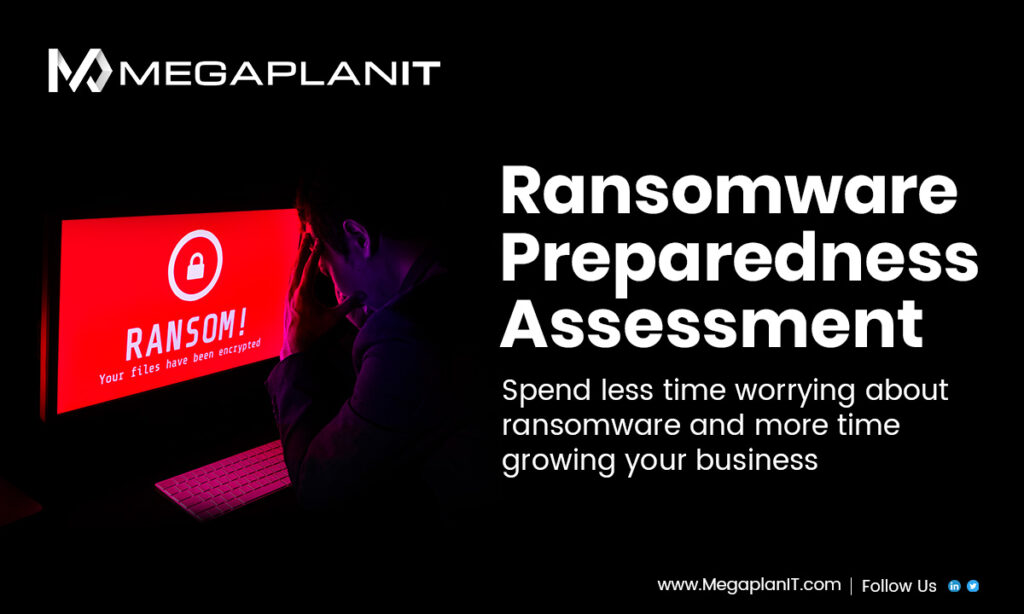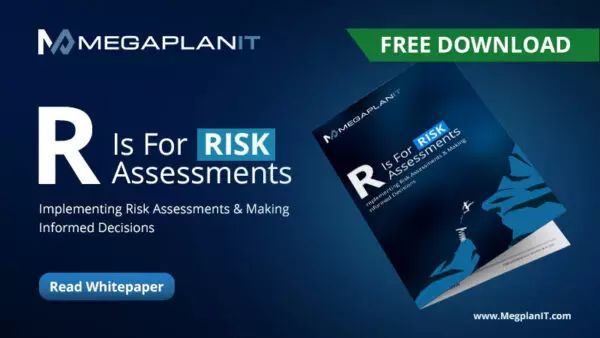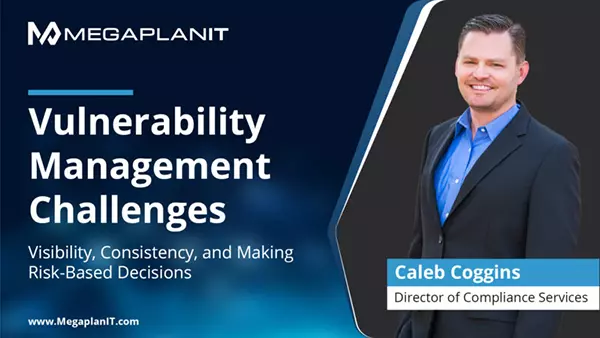
MegaplanIT
Security & Compliance
Network Penetration Testing In The Cloud
Penetration Testing
When it comes to network penetration testing in the cloud, we are noticing that the landscape of how companies deploy servers and consume IT infrastructure is changing as companies are moving workloads to cloud environments such as AWS, GCP, and Azure.
How Are Network Penetration Tests Conducted In Cloud Environments?
As our clients who are required to comply with PCI-DSS move to the cloud, we are frequently asked “how are we going to do the internal network layer penetration test? We can’t plug your pentest system into the cloud”. We also hear that “the cloud provider is doing internal testing for us” which usually is not the case. The confusion is that since you cant plug a system into the internal network, an internal network pentest is not necessary, this is also not true.
There are many ways to perform an internal network layer penetration test in cloud environments. One of the most common methods we see is to deploy a Linux system in the cloud environment and allow the pentester access to that system to perform testing from. The pentester can decide what subnet or security group would be the best to deploy the system on and then determine a realistic set of testing scenarios. At MegaplanIT, we usually advise our clients to deploy the testing server in the DMZ to simulate what could happen if a web server were compromised and the type of systems and information a hacker would be able to exploit.
Access To Cloud Environments
Another common way to simulate an internal network penetration test would be to provide the penetration tester with VPN credentials and access to the cloud environment. The level of access you grant the penetration tester should be discussed between the organization and the tester to determine how it could simulate a real-world hacker scenario.
Why Network Penetration Tests Are Performed
Now that we have determined how internal network penetration testing in the cloud could be performed we will discuss why it should be performed. The most convincing reason why you should perform internal network penetration testing is that if you are subject to PCI-DSS requirements, it is a requirement under PCI-DSS 11.2. The most obvious risk that could be understood by performing internal testing is seeing what an attacker can do once an external-facing server in your cloud environment is compromised. The compromise could stem from malware, un-patched software, misconfigured services, or a web server with OS command injection vulnerabilities. Once an attacker has compromised an external-facing system, the next step is to see what other systems can be compromised and what data can be stolen. Internal network testing can also help an organization identify additional controls and vulnerabilities that need to be remediated on additional or nearby systems and create a repeatable process to prevent these types of issues from surfacing.
Looking for a knowledgeable partner for your cybersecurity and compliance efforts? We're Here To Help!
We look forward to talking to you about your upcoming Security Test, Compliance Assessment, and Managed Security Services priorities. Our expert security consultants and QSAs are fully certified and have decades of experience helping businesses like yours stay safe from cyber threats. Set up a time to chat with us about your biggest payment security and compliance challenges so we can partner with you to solve them!
Share this post
Subscribe To Our Newsletter
Most Popular
Post By Topic
Industry Leading Certified Experts




Subscribe
Subscribe To Our Newsletter & Stay Up-To-Date
Explore Our Blogs
Whitepaper | 10 min Read

Developing An Effective Compliance Program
This whitepaper provides organizations with a path forward. We will walk through aspects of an effective compliance program and how it can be valuable to your business. We will also outline critical steps towards developing and implementing a useful and effective Compliance Program.
New Service Offering | Contact Us

Ransomware Preparedness Assessment
As new vulnerabilities emerge in response to ongoing geopolitical threats, are you confident that your organization could defend against a ransomware attack? If not or if you are unsure, MegaplanIT is offering a Ransomware Readiness Assessment free of charge for up to 50 Systems.
ResourceGuide | 8 min Read

Cybersecurity Roadmap For 2022
Companies need to be aware of their current state, where they need improvement, and how to be proactive moving forward. Dialing in on the key elements your organization will need to succeed is a great starting point to having a full-fledged plan in place, and it all comes down to the fundamentals.
We're Here To Help
We look forward to talking to you about your upcoming Security Testing, Compliance Assessments, and Managed Security Services priorities. We are ready to help and discuss more information with you on our comprehensive list of services.

Make Our Team, Your Team!
Our innovative IT security and compliance solutions are designed to deliver customized, cost-effective service on time—because your priorities are our priorities. With a highly qualified team of PCI-DSS QSAs, Penetration Testers, and Information Security Consultants here at MegaplanIT, we will assess your unique company and business environment and design a path to security that will fit all of your needs.

Ransomware Assessment Preparedness

Cybersecurity Roadmap For 2022

Developing And Maintaining An Effective Compliance Program
As new vulnerabilities emerge in response to ongoing geopolitical threats, are you confident that your organization could defend against a ransomware attack?
A Cybersecurity Roadmap details priorities and objectives to drive progress towards security goals. The roadmap follows a data-driven path based on answers to critical questions
This whitepaper provides organizations with a path forward. We will walk through aspects of an effective compliance program and how it can be valuable to your business












